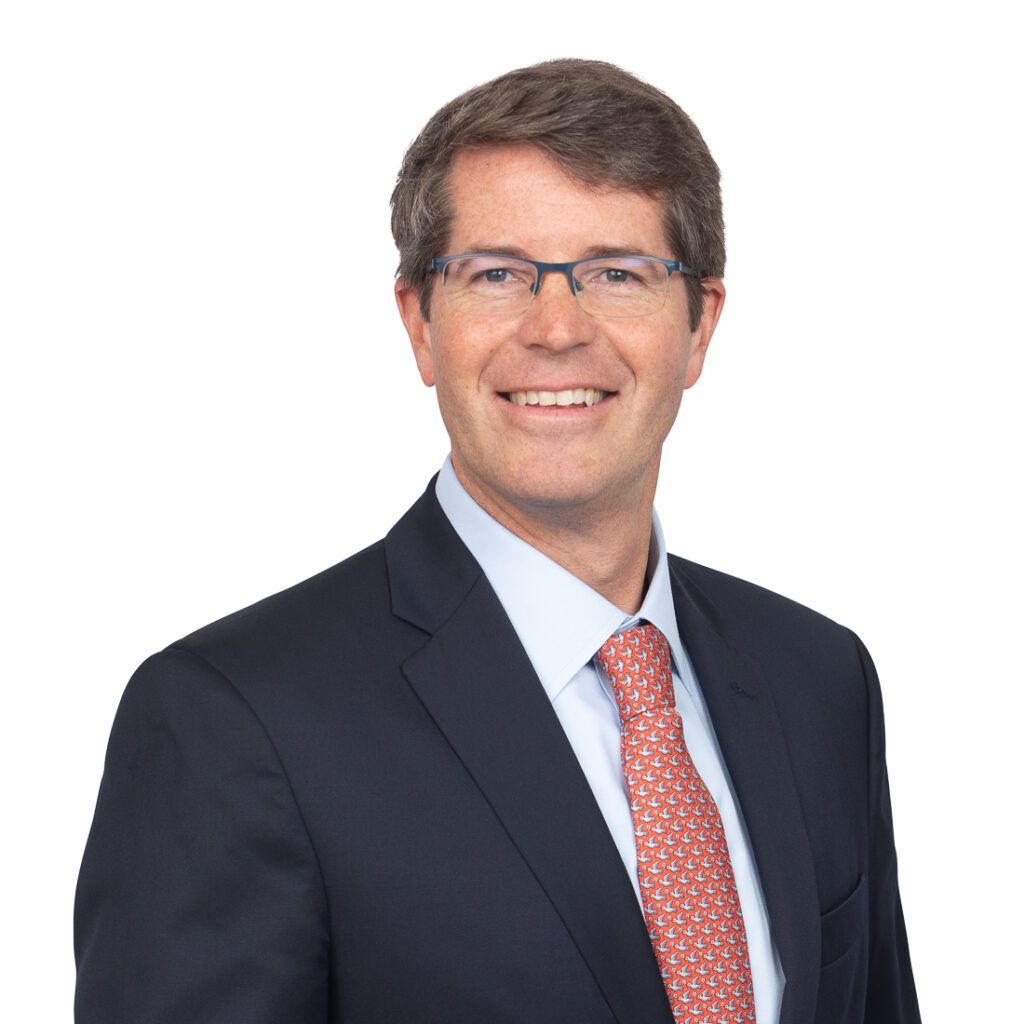High yield bonds are likely not the first thing that comes to mind as a category for ESG investing, but several US fund managers are taking an interest in this small but growing area of the market.
Currently, total assets in high yield ESG mutual funds and ETFs sit at around $2bn among just 12 products, data from Morningstar Direct show. That’s just over 0.5% of the total $374.3bn in the US high yield bond fund market.
But if it’s any hint of things to come, six of the 12 funds on the market were launched in the past two years, not including a new ETF from Fidelity, and it is likely that high yield will see the same treatment as other asset classes. Across investment styles, a record number of new ESG funds are being launched.
Performance
In the prolonged low-interest-rate environment, high yield bond funds have offered investors better returns, on average, than investment grade corporate bond funds, over one, three and five years, data from Morningstar Direct shows. Across US mutual funds and ETFs, investment-grade bond funds saw total returns of -1.6% over a year, 3.1% over three years and 2.7% over five, through February. Meanwhile, high yield funds returned 0.7%, 4.5% and 4% during those timeframes.
Returns for ESG high yield funds were somewhat similar, at -0.5%, 4.3% and 4%, according to Morningstar Direct.
Recently, the slight lag in performance for some of those ESG funds is due in part to the exclusion of oil and gas securities. The energy sector has had strong returns over the past year, and energy companies represented 13% of Morningstar’s US High-Yield Bond Index as of the end of February, said Gabriel Denis, senior manager research analyst for Morningstar.
“[A]n ESG high yield fund practicing a strict exclusionary policy could end up excluding a major part of their potential investment universe; this could potentially have a noticeable impact on the fund’s tracking error relative to their benchmark and lower these funds’ portfolio diversification,” Denis said.
Impax Asset Management, the adviser to the Pax World Funds, is among a number of groups that have gone fossil-fuel free across the firm. Peter Schwab, the portfolio manager for the oldest ESG high yield bond fund in the US, the $727m Pax High Yield Bond Fund, which launched in 1999, said the fund was the last product to exclude those holdings, removing them from the portfolio a year ago.

A leading factor in that decision was the volatility of the high yield energy sector, he said.
“It was driven mostly by a desire for better long-term performance.”
The company’s approach is more thematic from a sector basis than peer funds might be, and Impax has the advantage of an in-house ESG research team whose work informs the portfolio managers’ decisions, he said.
Exclusion vs. engagement
Although some investors seek exclusion policies for oil and gas within their funds, fund managers have argued that by investing in these energy groups they are able to engage with management on their transition to a net-zero world.
Jim Schaeffer, global head of leveraged finance at Aegon Asset Management, pointed out the firm’s US High Yield ESG institutional strategy underweights energy relative to its benchmark, which took a toll on performance during the fourth quarter.
“Through a credit cycle, you can achieve outperformance in a high yield strategy. You’re picking high-quality companies that are going to perform well,” Schaeffer said. “We believe we can achieve similar results in our ESG strategy.”
The key, he said, is “having a research platform in place.”
“We’ve always evaluated the ESG components in the way we underwrite our credits,” he said.
Aegon also subadvises the $21m Transamerica High Yield ESG Fund, which launched in 2020. That fund has its lowest sector allocation to energy, at less than 4%. By comparison, consumer discretionary makes up more than 20% of its portfolio, followed by industrials, at about 16%.
The next step for high yield funds will likely be a focus on sustainability, such as aligning with the United Nationals Sustainable Development Goals, Schaeffer said.
A tricky point in the high yield ESG world is that smaller companies, often private, disclose much less than large public businesses and tend to lack net-zero goals.
“The smaller the company, the less bang for your buck you’re going to have” on engagement, Schaeffer said. But it’s still early days in the high yield ESG market, and “over time, you’ll see the whole landscape of engagement pick up.”
As more investment firms enter the space, smaller energy companies could have difficulty raising capital if they don’t have sustainability goals and are therefore excluded from funds, he said.
“That’s the impact you can have.”
High yield issuances represent a small piece of the bond market but have a considerably large carbon footprint, said Erika Karp, chief impact officer at Pathstone.

“High yield is about 3% of the fixed income universe. From a sustainability standpoint it accounts for about a third of all emissions,” Karp said. Based on data from MSCI, there are 1,000 or fewer yield issuers, “but only about 15% even disclose what their emissions are,” she said.
“It’s a tiny little universe.”
Pathstone, a family office, uses one high yield strategy that incorporates ESG, she said.
Data dilemma
In the “best-in-class” ESG analysis among both ratings agencies and asset managers, company disclosures are important but often do not paint a complete picture, and it is even trickier in the high yield arena.
“[P]ublic companies tend to produce more detailed and more consistently available disclosures around items like their Scope 1-3 emissions, diversity, equity and inclusion initiatives, and governance practices than private companies,” Denis said.
Since many companies in the high yield space are private, “high yield bond fund managers need to undertake an additional level of due diligence with these companies in order to collect the same level of data that is available to, as one example, a large-cap equity fund manager.”
Impax, for example, has an in-house team of five who evaluate ESG for all securities, Schwab said.
“This is all they do, day-to-day. And we work very closely with them,” he said.
Not all asset managers employ ESG teams to help inform investment decisions, and changing that can be a delicate process, he said.
“The trick with that, at most high yield managers, is that credit managers feel imposed on a little bit, by these people,” he said. “They’re offering their advice from an ESG perspective on a company or issue, and the sector analyst is supposed to somehow integrate that into their decisions. That can get really clunky.”
But, having in-house capabilities for ESG ratings is a big plus in the high yield world, allowing managers to react quickly, he said.
“We’re not waiting for some third party to opine on this new issue that came to market.”
A concern Karp said she has is that some firms focusing on ESG might not have enough experience in purely financial investing. Along with that, some funds might be ESG in name only.
“You can do it if you understand what ESG analysis is. There are lots of funds out there that say they are doing ESG analysis. Let’s say they just count the number of females on the board of directors – that’s not ESG analysis,” Karp said.
Only somewhat recently has ESG become about “analytics and pragmatism – investment first,” she said.
“[I]f you came from the ESG place and don’t have the analytical financial rigor, that’s a problem,” she said. “You need both. ESG analysis is not enough.”
New entrant
The youngest fund on the market, more than a month old, is Fidelity’s Sustainable High Yield ETF. That product, which is actively managed, uses quantitative and fundamental analysis to help select bonds with potential for high returns and low probability of default, according to the firm.
Around two years ago, the company began considering how to implement an official ESG ratings and research process across issues and asset classes, said Ben Harrison, portfolio manager in Fidelity’s high yield group. The company excludes issuers that fail to meet certain levels of ESG ratings, and where the company does not yet have a rating, it can rely on those from MSCI, Sustainalytics or others.
ESG “is part of the analysis of an issuer,” Harrison said, much as factors like cost and availability of capital, customer reception and off-balance liabilities, he said.
“If you’re prudently investing, you should be taking all of those things into account.”
High yield is dramatically different in concentration risk from large-cap funds that track the S&P 500, where 10 companies represent 30% of the index, he noted.
“Here … there are 1,000 issuers in the [ICE BofA US High Yield Constrained] Index, and the biggest one is 2% of the index. And it falls away from there,” he said.
That is a non-ESG benchmark, but the fund seeks to outperform it.
“The securities in our portfolio all have favorable ESG ratings … At the same time, we want the [overall yield, duration and sector weights of the] portfolio to look like a regular high yield portfolio,” lead portfolio manager Michael Cheng said. “ESG risk is investment risk.”








